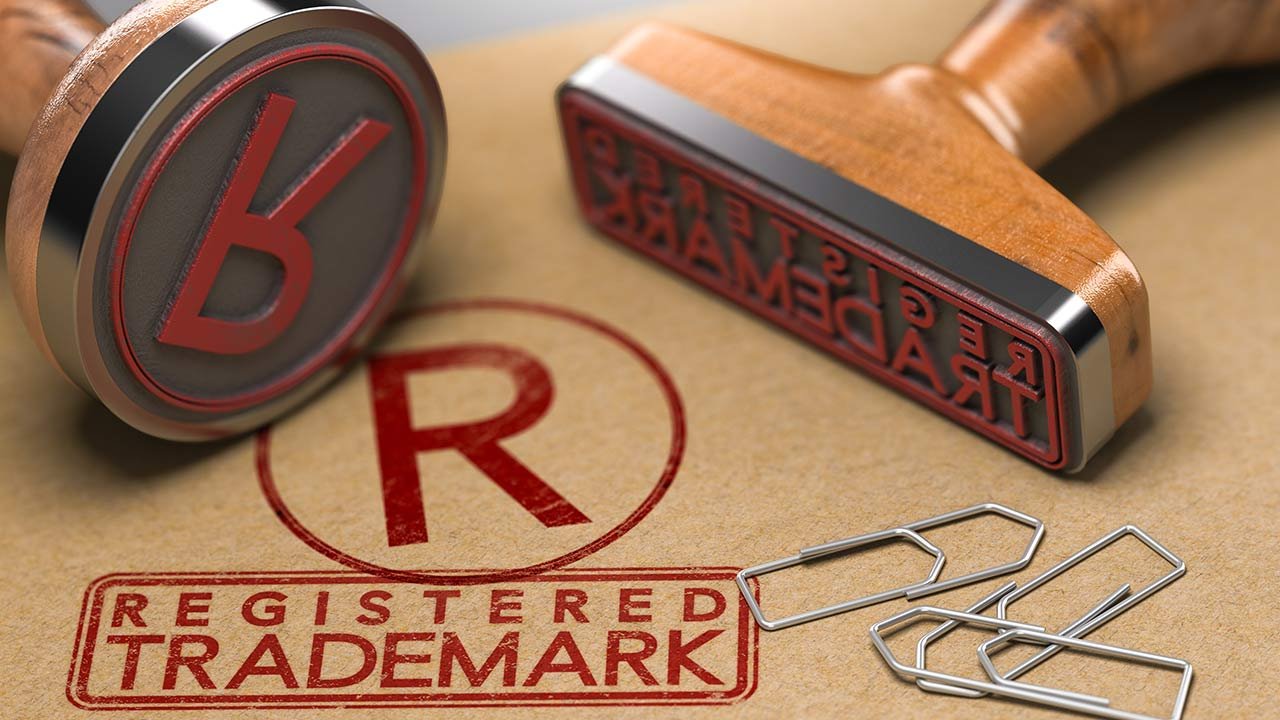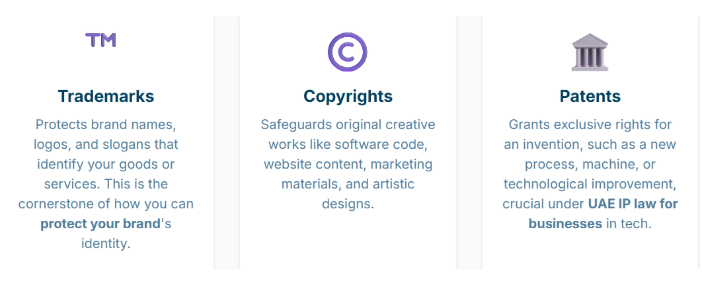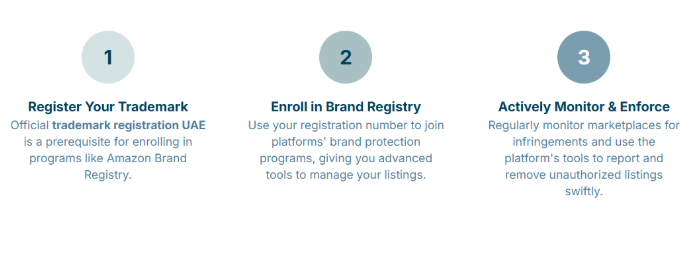Introduction
Imagine this scenario: you’ve nurtured your brand from the ground up. Your logo, your name, and your unique promise to customers have become synonymous with quality and trust. You decide to expand into the Gulf region, targeting the markets of the Gulf Cooperation Council (GCC). The opportunity is vast. But suddenly, you discover someone else has registered a similar trademark in one of the GCC countries, or worse, is using your brand identity to market counterfeit goods. That image of your hard-earned brand value slipping away is what keeps many business owners awake at night.
To avoid this, you need a clear roadmap. In this article, we will walk you through how to Protect your brand in the GCC by creating a solid UAE trademark & IP strategy. We will explain why it matters, the risks involved, the steps you must take, and how to build a proactive plan that supports sustainable regional growth.
By the end, you will understand how to position your brand for long-term resilience. Through practical examples and a real-world narrative, you will gain clarity and confidence to act decisively.
Why Brand Protection Across the GCC Is a Business Imperative
Recognizing the Value of Your Brand
Your brand is more than a logo or a tagline. It is the emotional connection you build with customers, the trust you nurture, and the story you tell. When entering competitive markets such as the UAE, Kuwait, Oman, Qatar, Bahrain, or Saudi Arabia, your brand becomes a key asset that represents not only your business but also your reputation.
Without protection, that asset can be exploited, copied, or even stolen. Protecting it early ensures your years of investment in marketing and customer trust are not lost overnight.
The Regional Context: Opportunity and Risk
The GCC region offers tremendous opportunities for global and regional businesses alike. With rising purchasing power, strong logistics networks, and ambitious economies, the region invites investment and innovation. However, it also presents unique challenges in protecting intellectual property rights.
Every GCC country maintains its own trademark registry and legal system. Trademark protection is territorial, meaning that registering your mark in one country does not automatically secure it in another. A brand that is safe in the UAE might still be vulnerable in Saudi Arabia or Bahrain. This fragmented landscape makes it essential to have a unified IP strategy covering all your priority markets.
The Consequences of Neglect
Consider a real-world scenario. A foreign fashion brand enters the UAE market but neglects to register its trademark. A local competitor quickly registers a similar name and logo. The result is a lengthy legal battle, financial losses, and a damaged reputation.
Such cases are common in first-to-file jurisdictions, where the first entity to register a mark legally owns it, regardless of prior use. The lesson is simple: protection delayed often becomes protection denied.
Therefore, building a comprehensive trademark registration, monitoring, and enforcement system is not optional. It is essential for survival and growth in the GCC.
Building Your UAE Trademark & IP Strategy
1. Clarify Your Brand Portfolio and Identity
Before filing anything, identify what truly defines your brand. Ask yourself:
- What names, logos, slogans, sounds, or designs represent our business?
- Are there Arabic transliterations or regional versions of our brand name?
- Which assets are core to our business identity and customer perception?
This exercise ensures no vital brand element is left unprotected.
2. Conduct a Comprehensive Clearance Search
A clearance search helps confirm that your mark is available and not already in use. This step prevents costly disputes and rebranding in the future.
Your search should cover:
- Trademark registries in each GCC country
- Domain names and social media handles
- Business and company name databases
- Variations of your brand in Arabic or other local languages
An experienced IP consultant or trademark agent in the UAE can help ensure thorough coverage and accuracy.
3. Select the Right Classes of Goods and Services
Trademarks are classified based on the types of goods and services you provide. Choosing the right classes is critical. Registering too narrowly may leave you vulnerable to imitators; registering too broadly may waste resources.
You should:
- Review the Nice Classification system to determine relevant classes
- Include classes for future expansion (for example, if you plan to extend from clothing to retail services)
- Be mindful of cultural or regulatory restrictions within GCC countries
By planning strategically, you safeguard both current and future business activities.
4. File Your Trademark Registration in the UAE (and Beyond)
The UAE’s updated trademark law, Federal Law No. 36 of 2021, modernized the registration framework to meet international standards. A successful filing provides ten years of protection, renewable indefinitely.
The steps include:
- Submitting a clear representation of your mark
- Listing the goods and services under the correct classes
- Paying the applicable filing fees
- Undergoing examination and publication
- Navigating any opposition period before registration
Remember that protection in the UAE does not automatically extend to other GCC countries. You must file separately in each jurisdiction or through a unified GCC filing process when applicable.
5. Register Arabic-Language Versions and Design Variants
A common oversight among foreign businesses is failing to register their brand name in Arabic. This leaves room for imitators to register Arabic equivalents.
To avoid such risks, register all variations:
- Latin script version
- Arabic script version
- Logo or visual design
- Slogan or tagline, if it forms part of your identity
This comprehensive approach strengthens your legal position and makes enforcement more effective.
6. Monitor the Market and Enforce Rights Proactively
Trademark registration is only the beginning. Continuous monitoring ensures your rights are respected and any infringement is detected early.
Key steps include:
- Setting up alerts for new trademark filings in related classes
- Watching social media, e-commerce platforms, and marketplaces for misuse
- Coordinating with customs authorities to intercept counterfeit goods, especially in free zones
- Sending warning letters or cease-and-desist notices where infringement occurs
- Taking legal action when necessary to maintain brand integrity
Being proactive saves time and prevents reputational harm.
7. Develop a Portfolio and Expansion-Ready Mindset
Think of your trademark as a living business asset. It can grow, evolve, and generate value through licensing and partnerships.
To maintain a healthy IP portfolio:
- Renew registrations on time (every ten years in the UAE)
- Expand protection to other GCC markets as your footprint grows
- Establish licensing or franchising agreements that monetize your brand safely
- Treat your trademarks as tangible assets that can be sold, transferred, or used as collateral
Such a perspective turns intellectual property from a legal formality into a strategic advantage.
8. Embed IP Strategy into Your Growth Plan
Brand protection should never exist in isolation. Integrate your IP strategy with your wider business and expansion plan.
Ask yourself:
- Are we launching in one GCC country first or multiple simultaneously?
- Will we sell through e-commerce, distributors, or direct retail?
- Do our contracts with partners clearly define IP ownership and usage rights?
By aligning your operational and legal strategies, you reduce risk and improve consistency in how your brand is presented and protected across markets.
Case Study: The LuxeStyle Journey
Let’s bring this to life through a fictional example inspired by real-world experience.
LuxeStyle, a European premium fashion label, decides to expand into the GCC. Their team is thrilled about the potential of the Dubai market, but they take brand protection seriously from the start.
Phase 1 – Preparation:
LuxeStyle identifies its essential brand assets as the name, logo, tagline “Elegance Personified”, signature monogram, and Arabic translation. They confirm which assets must be registered in each market.
Phase 2 – Clearance Search:
Before any launch, they conduct a detailed clearance search. The team discovers that a similar logo already exists in class 25 (clothing). Instead of ignoring it, they redesign slightly to ensure uniqueness and avoid future conflict.
Phase 3 – Registration:
They register their trademarks in the UAE across class 25 for clothing and class 35 for retail services, covering both the English and Arabic versions. They also file in Qatar and Bahrain, ensuring regional consistency.
Phase 4 – Monitoring and Enforcement:
Months later, they find counterfeit products in a free zone using the LuxeStyle logo. The brand immediately contacts authorities, files a complaint, and seizes the counterfeit goods. Their proactive registration enables swift action, preserving trust and preventing further misuse.
Phase 5 – Growth and Expansion:
LuxeStyle continues to expand, entering Saudi Arabia and Kuwait. They build a strong IP portfolio, renewing marks on time and licensing the brand to local boutiques. Their commitment to protection turns IP into a powerful business asset.
The result: a protected reputation, legal security, and customer loyalty that drives lasting profitability.
Key Questions to Test Your Readiness
- Have we identified every version of our brand, including Arabic, logo, and tagline?
- Have we cleared the mark in each GCC country we plan to operate in?
- Have we selected all relevant classes, including those for future products or services?
- Have we filed for registration in both the UAE and other GCC markets?
- Do we monitor online and offline channels for potential misuse?
- Are our enforcement protocols and legal resources ready to act quickly?
- Is our brand strategy aligned with our IP and growth strategy?
- Do we treat our trademarks as renewable business assets?
If you answered “no” to any of these, your brand may still be exposed to risks in the region.
Common Pitfalls and How to Avoid Them
- Waiting too long to register: Delaying registration can allow others to claim your mark.
- Ignoring Arabic versions: Protect both English and Arabic scripts to prevent duplication.
- Choosing narrow classes: Plan for business growth and register across relevant categories.
- Neglecting online monitoring: Many infringements happen on digital platforms.
- Overlooking customs collaboration: Work closely with authorities to prevent counterfeit imports.
- Treating IP as a one-time task: Keep updating and expanding your trademark portfolio as your brand evolves.
Conclusion
Protecting your brand in the GCC is more than a legal requirement; it is a declaration of ownership, trust, and vision. A carefully planned UAE trademark & IP strategy ensures that your business identity stays secure as you expand across the region’s competitive and fast-growing markets.
By acting early, registering comprehensively, and monitoring continuously, you safeguard your most valuable asset, your reputation. A protected brand not only earns credibility but also strengthens consumer confidence and supports sustainable growth for years to come.
In the end, remember this: protect your brand in the GCC, and you protect the very heart of your business. With the right guidance from Dubai Business and Tax Advisors, your brand can stand strong, recognized, and respected across every GCC market.



